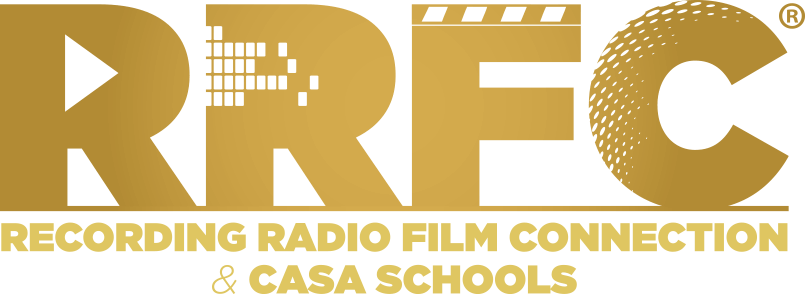
How to Be a Savvy Communicator
When you’re working in a creative field, being an efficient communicator is paramount. Your entire job hinges on being able to be understood. Regardless of what field or what position you currently hold, so much of working in the creative arts comes down to being able to communicate well: artist to viewer communication, client to freelancer communication, and just person-to-person communication.
For anyone who wants to have a productive and rewarding career in the creative world being a savvy communicator is vital. While you could read books and books about just this one topic, here are our tips for shoring up communication:
Ask (Smart) Questions
It’s common for many people to be afraid or reticent when it comes to asking questions in a professional environment due to the fact that they think it might make them look unsure. Remember, asking questions doesn’t make you wrong. If something has been explained or talked about at length and then you ask a question that shows you weren’t listening, that can work against you.
Making sure you clearly understand what’s being said is your responsibility. If you’re still getting to know the communication style of the person or persons you’re working with, asking questions is a key ingredient in building rapport and improving communication moving forward.
Zero In
Zeroing in on what the other person is saying can be a great way to ensure that you’re understanding what the other person is saying, or rather, what is meant, from the get-go.
One common tool is to repeat what the other person is saying, then tell them how you understand their statement, and propose a solution if applicable. For example: “You said we should break this project down into smaller pieces. My approach to that would be to break it into subgroups in this way… Does that work for you?”
Zoom Out
While zeroing in can be a great way to clear up miscommunications and hone in on what’s being actually being said, zooming out can be a great way to become more efficient and to make you look like a born problem solver.
So if the problem arises from your emails going unanswered or from the fact that you’re getting different instructions from different people, get down to the nub of exactly what’s going on. Then, reach out to those in charge with a summary of the kinds of things that are taking place. Also, propose a solution that you think will work for all interested parties.
Now the solution you come up with might not work for everyone involved. That’s okay. Your real objective isn’t to come up with a mastermind solution, it’s to get the right people focused on the right solution for the right problem. So, posit the problem correctly, propose solutions, and maintain a collaborative attitude.
Recap
In order to solidify what’s been said during the course of a conversation, it’s a good idea to recap any solutions or changes that have been decided upon. By repeating what’s been decided on, you give the other person(s) a chance to correct or amend what they’ve just said. Furthermore, you’re underlining what’s been said and are helping to get it into the other person(s) heads and hopefully their notebooks too.
If something is a “work in progress” it’s a good idea to restate that, and to state when that WIP will be addressed again. Saying something like, “Okay, so we’ll switch from email to working on a universal Google doc and spreadsheet, and as for the work in progress issue, we’ll reconvene in a week. How does the 7th work for everyone?”
Lastly, a written communication recapping what actions have been decided upon and sharing that with all involved can be a great way to shore up communication and get everyone working on the same page going forward.
What Makes Creative People Creative?
How to Talk with the Pros Without Sounding Stupid
Here are The Key Mentors to Have in Your Life



